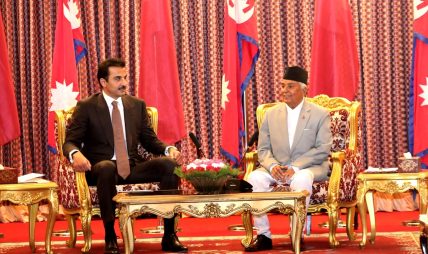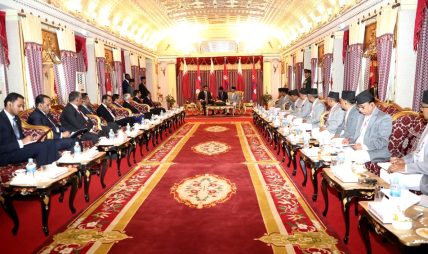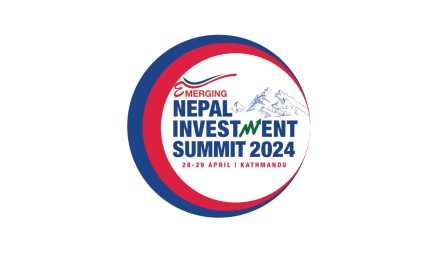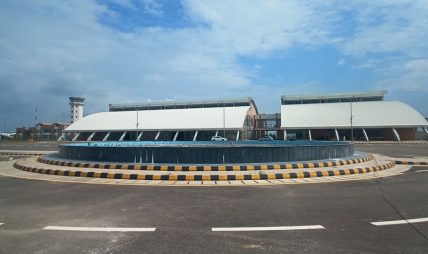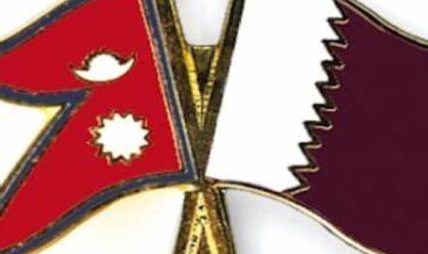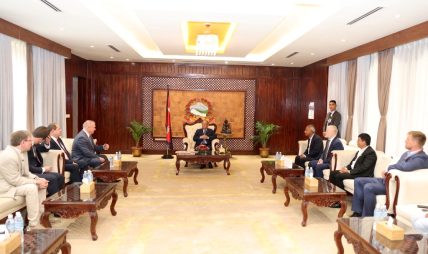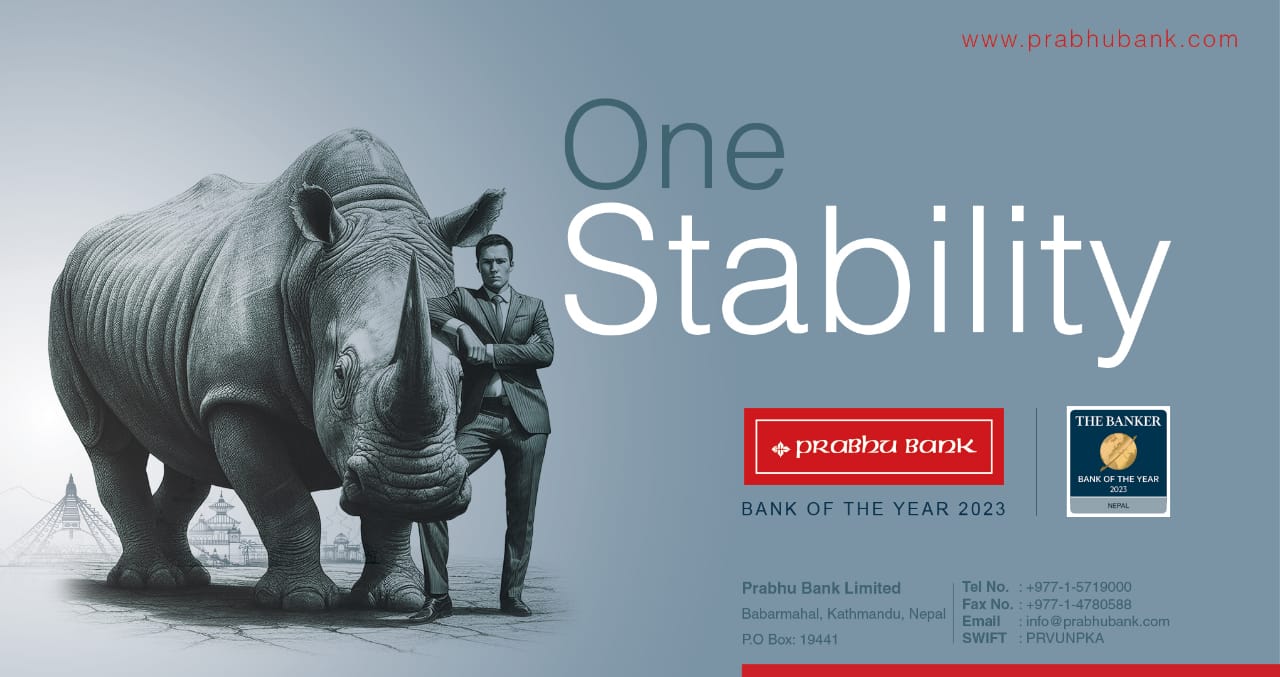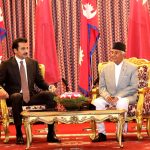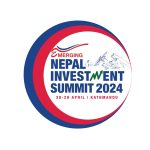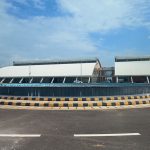
KATHMANDU. Vegetable imports from India have continued to increase even as the far-western region has seen a rise in commercial vegetable farming. According to recent statistics, the region imports vegetables worth around Rs55 billion every year. Exports volume, however, is negligible.
According to Regional Plant Quarantine at Gadda Chauki, potato worth Rs370 million is imported on an annual basis. Green vegetable imports stand at around Rs180 million. Vegetables like cabbage, radish, cauliflower and green peas are imported at large scale.
Farmers across the region are involved in seasonal and off-seasonal vegetable farming. Several government and non-government agencies have launched schemes to motivate farmers to begin commercial farming. Belauri, Krishnapur, Jhalari, Mahendranagar and Mahakali are some of the major vegetable producing areas.
According to District Agriculture Development Office (DADO), vegetable is cultivated on 4,450 hectares of land in Kanchanpur, while the output stands at around 56,000 metric tonnes annually.
However, the production barely meets the local demand, and around 25,000 metric tonnes of vegetables are imported from India annually. “More than 50 percent of the imports is consumed in Kanchanpur district,” said Yagya Raj Joshi, senior agricultural development officer at the DADO. “Reaming is consumed in Banke, Kailai and other hilly districts of the Far West.”
In a bid to decrease reliance in imports, the government has launched a 10-year scheme to boost domestic production. Starting this fiscal year, the Prime Minister Agriculture Modernisation Project has envisioned adopting modern farm techniques to boost productivity, and making the country self-reliant in food. The project has prioritised the production of paddy and fish in Kanchanpur.
The government has aimed at achieving self-sufficiency in wheat and vegetables by this fiscal year, and in paddy and potato in two years. It has targeted making the country self-sufficient in maize and fish by the next three years, and in fruits like bananas, papaya and litchi by four years. By its end, the project envisages becoming self-sufficient in fruits like kiwi, apple and orange.
Published: The Kathmandu Post, 22-01-2017 09:13
वि.सं.२०७३ माघ १० सोमवार १३:०४ मा प्रकाशित





